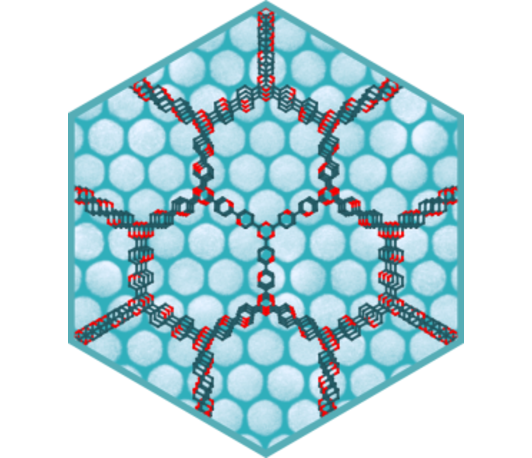Controlling Supramolecular Structures to Tailor Optoelectronic Properties for Photoenergy Conversion
- Date: Sep 19, 2024
- Time: 01:00 PM (Local Time Germany)
- Speaker: Martin Presselt
- Leibniz Institute of Photonic Technology (IPHT), Albert-Einstein-Str. 9, 07745 Jena, GermanyInstitute for Chemistry and Biotechnology, Ilmenau University of Technology, 98684 Ilmenau, GermanyCenter for Energy and Environmental Chemistry Jena (CEEC Jena), Friedrich Schiller University Jena, Philosophenweg 7a, 07743 Jena, Germany
- Location: Max Planck Institute for Solid State Research
- Room: 7D2

Supramolecular structures play a key role in determining the photonicand electronic properties of materials. To achieve precise control over thesestructures, we exploit the interfacial arrangement of amphiphilic dyes byLangmuir-Blodgett (LB) and related techniques. This approach allows theformation of well-defined layers and stacks with tunable optoelectronicproperties, which are critical for efficient photoenergy conversion.
In our study, we demonstrate how the morphology of these supramolecularstructures influences the electronic energy levels, resulting in amorphological variation of 120 meV in LUMO energies within fullerene thinfilms. Using amphiphilic molecules as a model system, we systematically tunedthe nearest neighbor interactions by adjusting the surface pressure duringdeposition and varying the number of Langmuir monolayers deposited.
To further improve the precision of the deposition process, we developeda novel continuous rolling Langmuir layer transfer technique. This methodminimizes the flow of Langmuir layers during deposition and allows fine-tuningof LUMO energies by 70 meV as determined by square wave voltammetry. Theresulting well-defined morphologies allowed us to develop morphologicaldescriptors that describe and predict the average LUMO energies of the filmstacks.
Our results highlight the significant influence of controlledsupramolecular structuring on the optoelectronic properties of materials andprovide valuable insights for the design of advanced photoenergy conversionsystems.